The sort history of Kartano Kievari
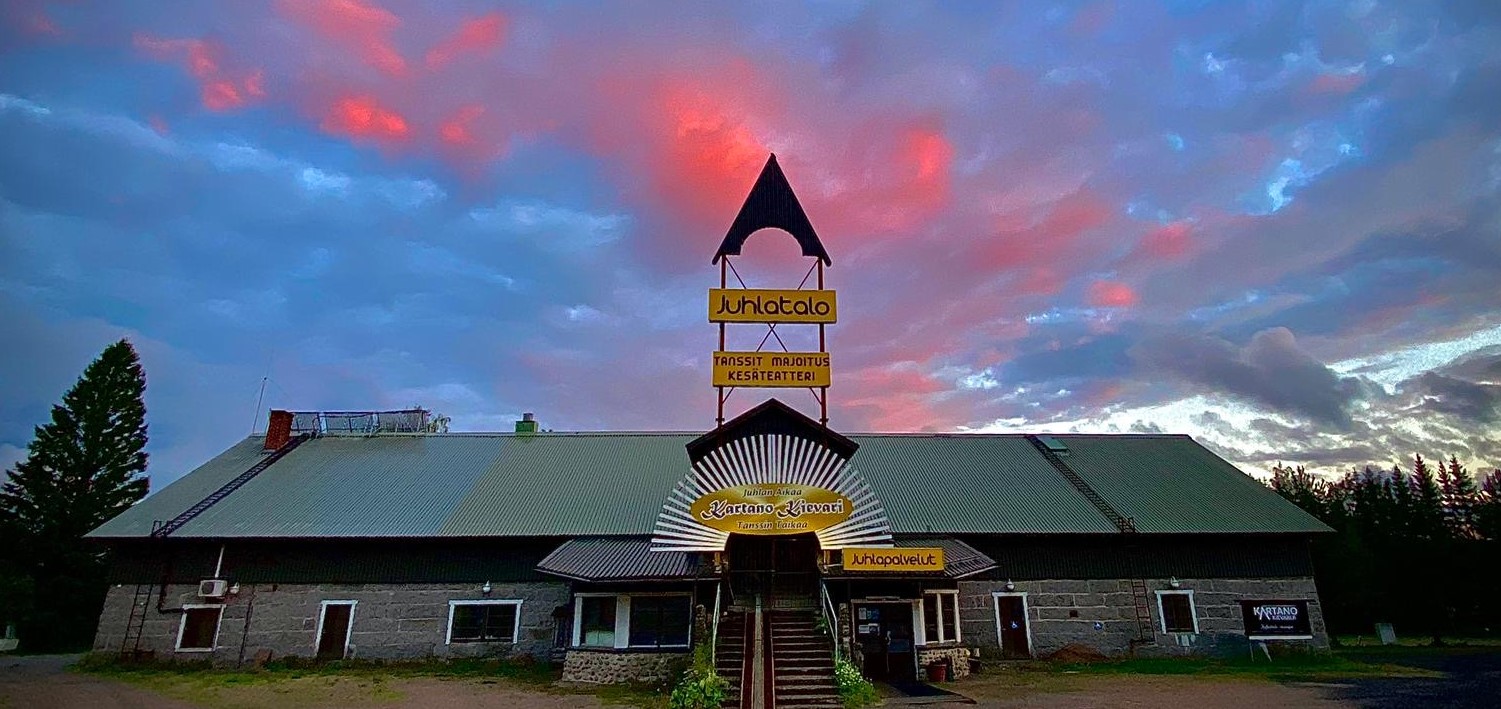
Möttönen Inn and Suojoki bridge
Apparently, the first resident Reko Möttönen settled in the area in 1553. Möttölä farm, which was located at the same place as the present Hietama church, was the main farm in the area. The flourishing of the Möttönen farm began at the end of the 18th century, when the farm was ordered to serve as an inn for those traveling from Kuopio to Vaasa. Möttönen farm was chosen because of its location, as the Suojoki Bridge was the first and most significant bridge of its time. As early as the mid-17th century, the bridge appears in several documents.
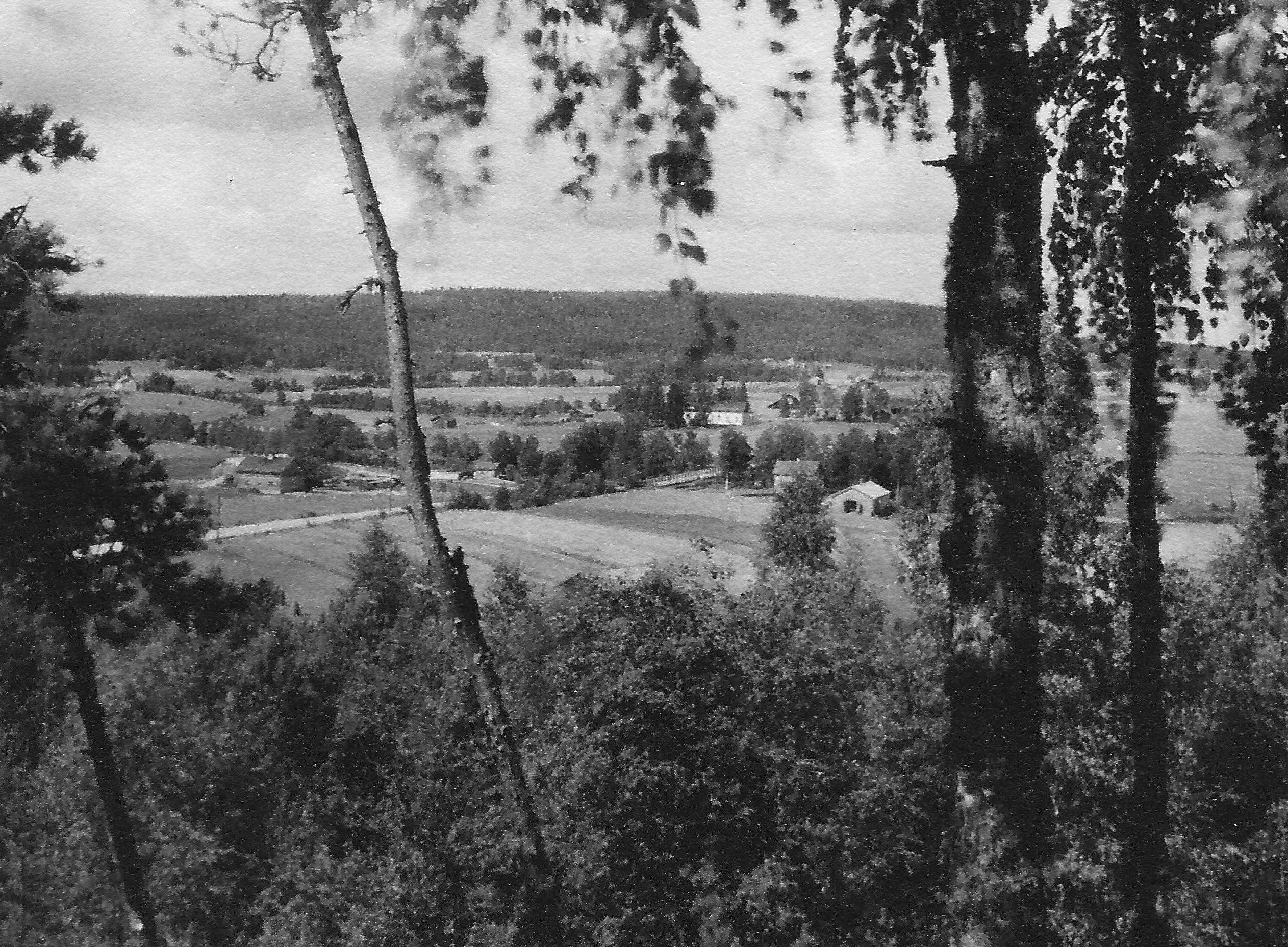
Suojoki farm and Finnish war
During the Finnish War of 1800–1809, Suojoki was one of the most significant places. According to folklore, several cannonballs with spikes on the sides have been collected from the fields. In the story two cannons were placed on both sides of the road on Suojoki bridge. The cannons were loaded with spiked cannon balls connected by iron chains. In joint shots, the bridge was swept clean of approaching Russian soldiers three times in a row. The famous warrior of the Finnish war, Colonel Otto von Fieandt, also practiced guerrilla warfare in the Suojoki when he sent a light patrol from Kivijärvi to destroy the bridge.
In 1821 the farm passed to Lieutenant Josef Bökman and further to his son, the flag bearer Gustaf Bökman. Josef was the host of the Rautalampi infantry company, who moved to Suojoki from the Harju house in Saarijärvi. He took care of the problems of numerous military crofts around Suojoki and also supervised the behaviour of solders in Saarijärvi. J.L.Runeberg is believed to have visited Suojoki farm to
hear Bökman, who fought in the Finnish War of 1808-9, as he was compiling the The Tales of Ensign Stål
After the death of Bökman's son Gustav in 1864, Suojoki farm was kept by the widow Maria until the book keeper Barker took over the farm in 1868. In 1870 the farm was bought by the merchant Malmsten.
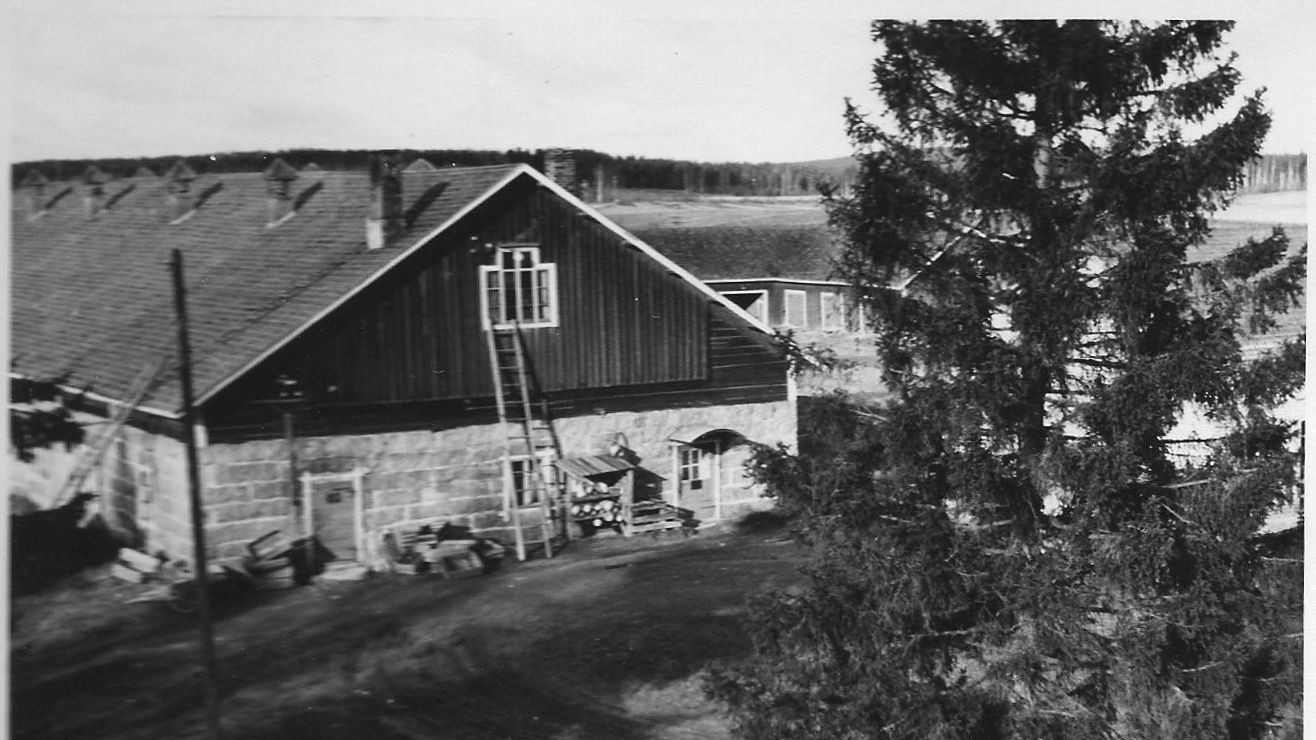
Judge becomes a farmer
In 1883 Judge Severi Holsti bought the Suojoki farm. The judge continued litigation traditions of Möttölä, and 142 court hearings were held there during the years 1873–1892. The court of Saarijärvi was seated in Möttölä's house. Judge Holst's real calling, however, was agriculture.
As a farm, Suojoki was one of the largest in Central Finland, including an area of almost 900 hectares, of which a little over hundred hectares were cultivated land. The massive 96-cow barn, which currently serves as the main building of Kartano Kievari, rose to Suojoki farm in 1889. Immediately after that, an 18-horse stable was completed, which currently houses 9 accommodation rooms and carries the name The Old Brick Building. The first mowing machine in the area was seen as early as 1890. Farm animals were brought from Skåne, Sweden, for breeding, and fields were furiously cleared by twenty crofts.
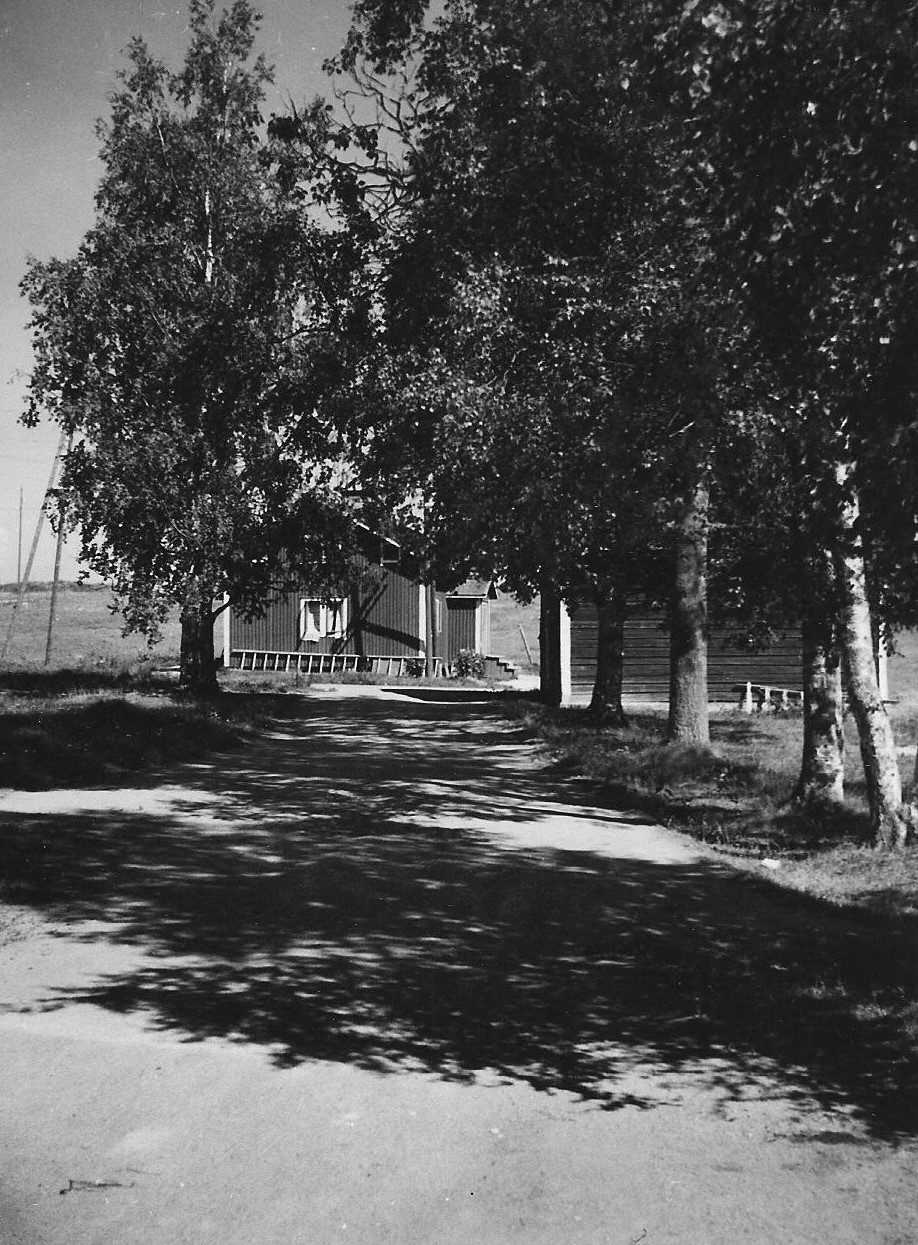
Crofters taxes
The crofters paid taxes to the farmer.
An old document shows the labor tax on the Mustikkamäki croft:
- 2 men’s and horse’s working days per week
- 2 men's and horse's extra working days in spring and autumn
- One work week at the time of haymaking
- The rye field of Suojoki must be cut together by all the crofters
In addition,
the following had to be brought into the house:
- Lingonberies 23 l
- Butter 8.5 kg
- Rye liters 146.5 l
- Hind legs of sheep
Holsti was a hospitable and just landlord
During the years meager harvest, Suojoki farm began to fall into debt. The debt burden continued, when Holsti bought Möttölä and merged it into Suojoki farm. In 1896, an inevitable bankruptcy ensued. Despite all his good efforts, the judge did not have as much skill in agriculture as he had enthusiasm.
A good example of this was his sheep breeding. When he heard the sheep roaring, he thought they were hungry and repeatedly told the farm workers to feed them. In the end he said, - The more you feed them, the more they scream. And the sheep were sold.
The downhill of judge Holst was not helped by his constant drunkenness. During his travels, the judge always carried large pots of beer with him. Cheating was not tolerated by the judge at all, and therefore many good crofters were sent off. When the judge's own son, Rudolf, went to steal turnips from the neighbor with other lads, the boy received such a beating from his father, that he couldn’t sit for days.
Holsti was also known as a very hospitable and generous host. He drank cognac and offered cigars to the workers as well. Even a stable worker received a whole cow as a wedding present. At Christmas, Holsti invited all the workers to eat with his family at a long table. Additional guests often came from as far away as Helsinki, and the villagers were able to marvel at the first fireworks and other worldly wonders.
During Midsummer, the Midsummer bonfire was lit on Mäkiaho hill, from where the crowds gathered to dance on the swept bridge of the Suojoki. The crowd came from afar for social dancing, that was accompanied by violins and accordions.
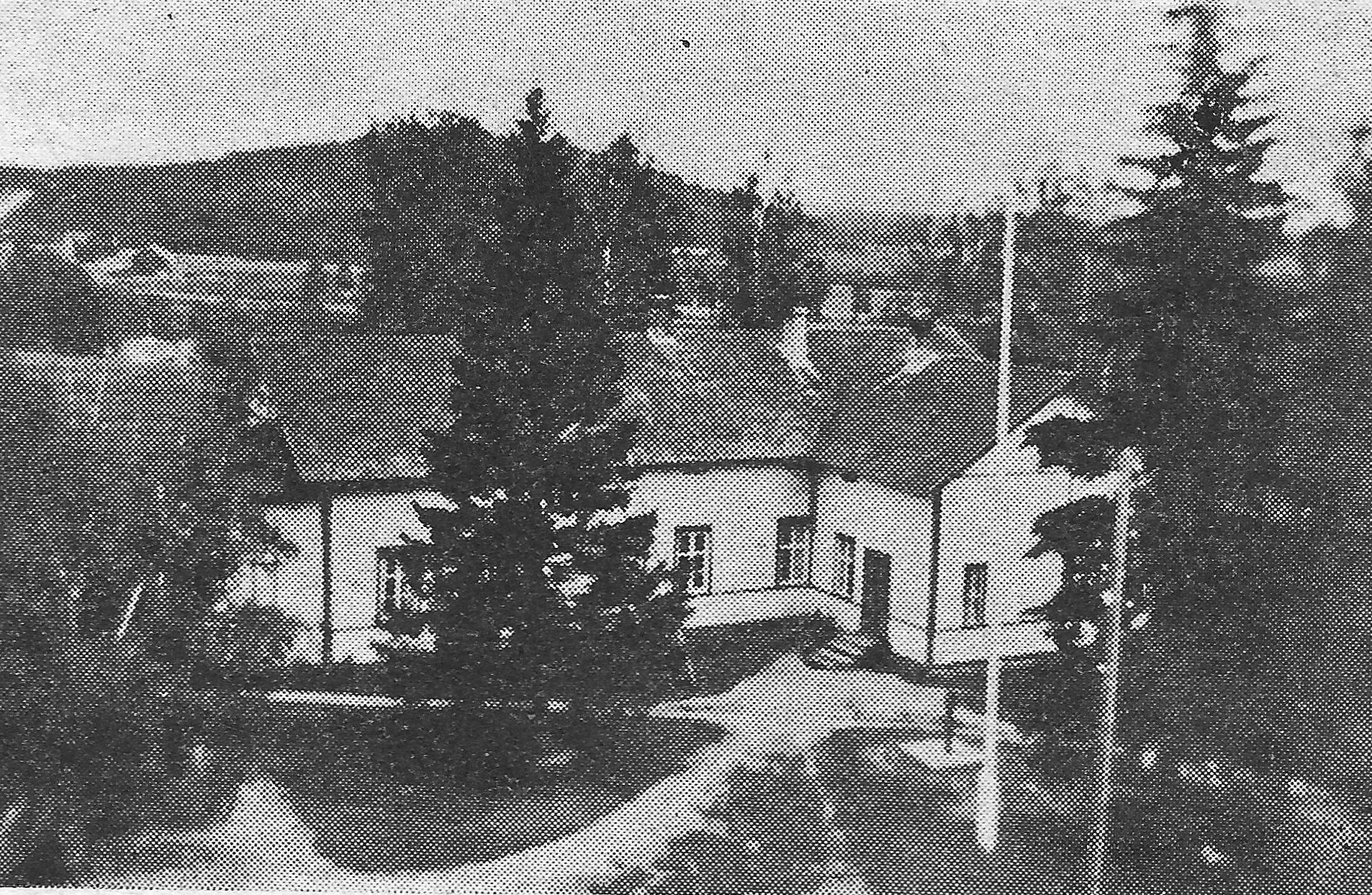
Hietama school is founded 1891
The names and birthdays of the schoolchildren were celebrated at Suojoki farm. Unfortunately the school burned down in the flood year of 1899.
The villagers were very fond of the judge Holsti and his wife. However, the most famous Holsti was their son Rudolf, who during his long career as a senator, diplomat and foreign minister made a fine contribution to Finland's independence.
Bankruptcy and new beginning
On his initiative, a dairy was established, and the fields were fertilized with grinded bone obtained from a purpose-built Vätälänkoski bone mill. Piilonen also replaced the telephone wires and arranged the mail. After ten years, he sold the farm to Elis, an agronomist who cleared tens of acres of marsh and held the largest hay market in the province.
Äänekoski municipality buys Suojoki farm
In the middle of the same decade, a nursing home was built next door. In the 1960s a regional fire station was established in the barn, which currently serves as the main building of Kartano Kievari. The former main building of the farm also served as a clinic and library. Across the road was the post office. The post office had to use the Jokisuo stamp, as the Suojoki stamp was already at use somewhere
else. The incorrect place name amazed both locals and visitors. The former post office building has since been demolished.
When Äänekoski was unified as a municipality in 1969, Suojoki's millennial rich history and life were forgotten for a moment. In the 80's when the Äänekoski parish bought the farm. Today the landscape of Suojoki is dominated by main building of Kartano Kievari, which used to serve as a barn. The former main building of the farm has deteriorated over the years, although the strong log walls are awaiting new prosperity underneath the surface.
History is still in the making.
The story has been gathered from the writings of Old Äänekoski association (VÄKSY).




